Recently, at a dinner party with friends, the dining table looked like a counter of condiments, with delicious-looking bowls in all shapes, sizes and colours. The idea was simple: make your own meal bowl.
As a fan of khao suey, or even khichdi, topped with an assortment of pickles and crackers, its always felt like my comfort cheat meal. So, it was interesting to see a dinner party that skipped plates and adopted the fuss-free vibe.
I work on a lot of restaurant concepts, events and food curations, and lately “meal bowls” have been a buzzword, even at weddings. People are excited to add Indian bowls and even ice cream bowls (served in large coconut bowls) to the menu. Then, a few days ago, I was surprised when my sister sent me a link with an email titled ‘Weekday one-bowl recipes.’
I thought, are we ditching the plates?
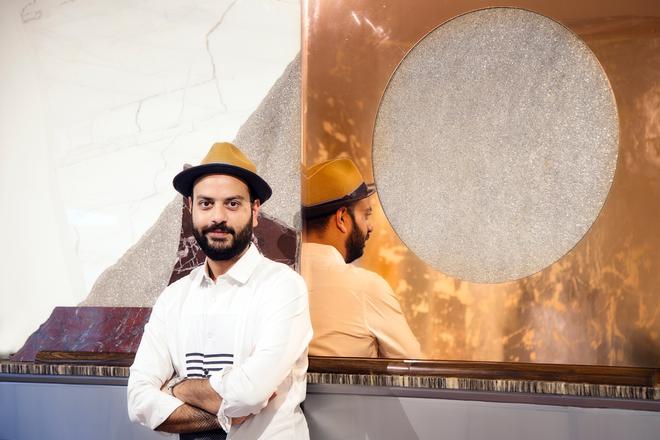
The bowl concept
It’s interesting how we view food and design. The kitchen and homeware categories are driven by our daily habits. We all know how coffee mugs were a rage around the lockdown, and when Zoom calls were at its peak, candles and cushions created a bumper profit for brands.
Kiran Rao, the owner of Amethyst, the dine and shop boutique in Chennai, sent me a report by London-based brand Habitat, about homeowners ditching plates as a trend for 2023. It stated that ‘we’re embracing a more tactile, home-style approach to eating that places sensory experiences and comfort at its core’.
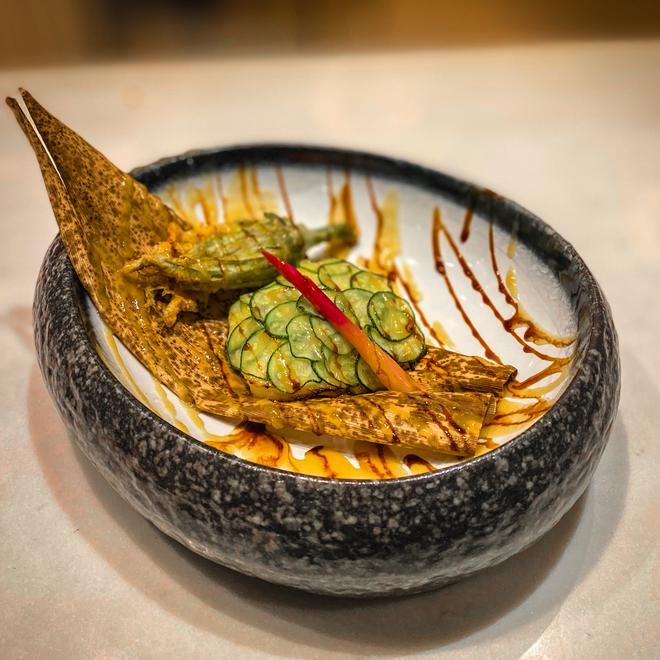
I wanted to dive deeper and understand what consumers were really looking for. At Khanoom, a bespoke ceramic studio in Jaipur that specialises in hand painted pottery and tableware, co-founder Priyamvada Golcha says: “We have been getting a much greater demand for our botanical vegetable entrée bowls and medium sized serving bowls. Clients want to use them in a multitude of ways, such as for soups, salads, pastas, dal, khichdi and burritos.” They even have an SSS bowl that stands for soup-salad-starter bowl!
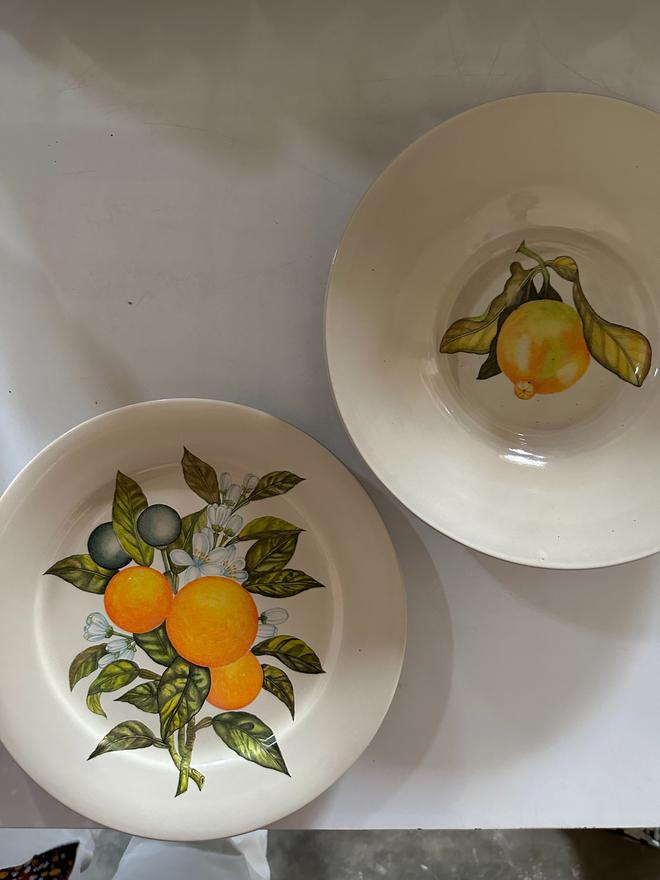
A happy medium
Now, there’s another micro-trend that is going viral on social media platforms. A happy medium between plates and bowls, #blates (and sometimes #plowls) are grabbing eyeballs. With a flatter base, these seamlessly make the transition from brothy serves to something heartier like grains.
“Blates simply make sense,” says Satabdi Jena, whose New Delhi brand The Strange Co makes functional ware. “We ditched traditional plates long back, keeping the focus on bowls, tapas plates and blates to emphasise on easy casual dining.” Another benefit to blates, according to her: they’re easy to store and can serve double duty as serving dishes.
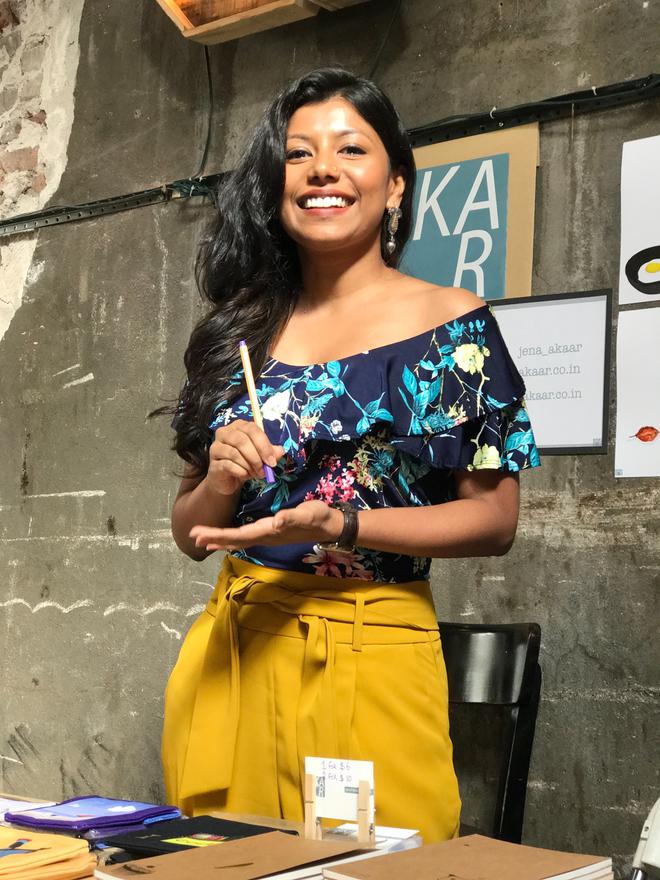
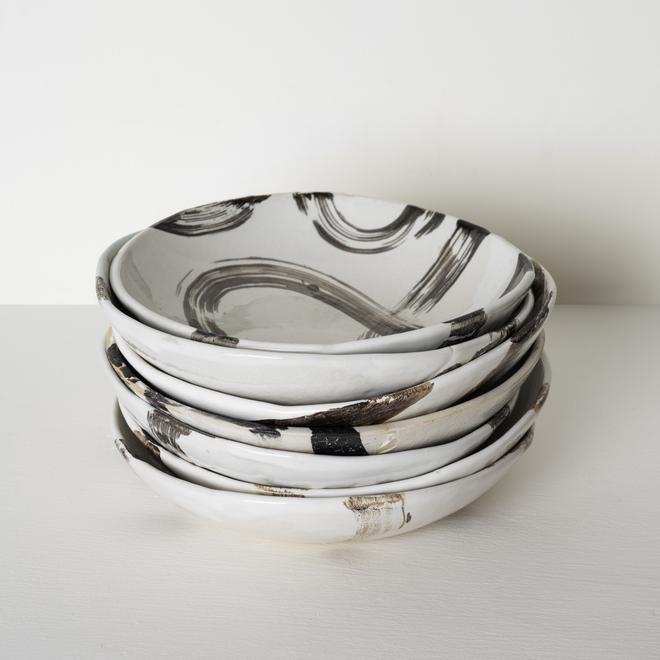
“There is a paradigm shift — dinners have been replaced by brunches, and the customer is extremely mindful of the material and design they want to pick, which fits their hectic lifestyle and personal aesthetic,” she says. “Hence, the demand for stackable bowls is on the rise. They occupy less space, and are hassle free to keep and clean. Our target audience are young professionals and nuclear families.”
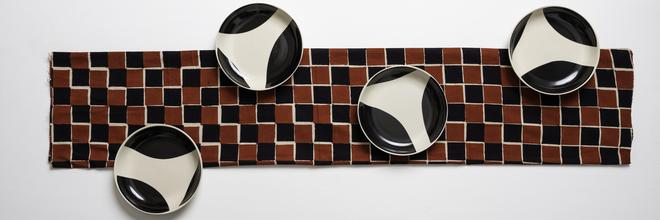
Pick what works for you
Blates and meal bowls have made it to the menus across many restaurants. From Earth bowls and poke bowls, to smoothie bowls, millet bowls, Ayurvedic bowls and even kulfi bowls.
“We’ve been using blates for a while at our restaurant Megu,” says Shubham Thakur, Master Chef for the Leela Hotels. “We do an array of dishes such as tartars, salads and carpaccio, to a meal-in-a-bowl. The design is ideal to serve a dish well, without the sauce flowing out, while also looking beautiful when presented.”
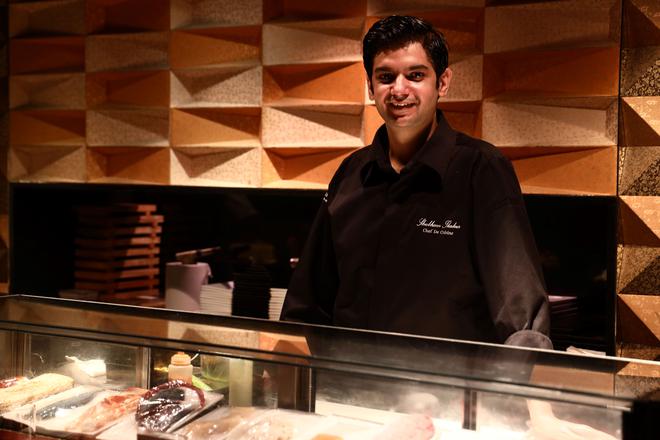

Handmade bowls are not cheap. Starting from around ₹750 it can go up to ₹2,500 per piece. Some can cost even more based on the firing techniques used. I have been designing blates for a year now, exploring different materials to make them interesting — from marble, stone and ceramic to wood. And I can sense there will soon be a range of new cookbooks coming out, centred around the idea of one bowl meals and blates.
The writer is a chef and restaurateur.







